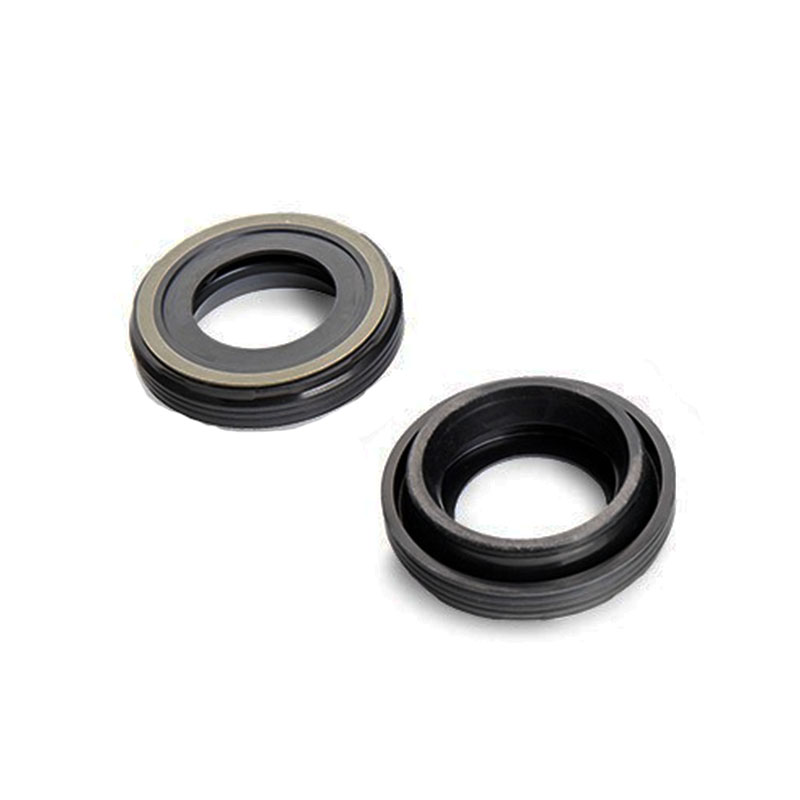Choosing the Best Engine Pan Gasket for Optimal Performance and Durability
Understanding Engine Pan Gaskets Importance, Function, and Replacement
An engine pan gasket, often referred to as an oil pan gasket, plays a crucial role in maintaining the overall efficiency and performance of an automobile's engine. This often-overlooked component can significantly impact the engine's longevity, functionality, and reliability. In this article, we will delve into the function of engine pan gaskets, the signs of failure, and the process of replacement.
What is an Engine Pan Gasket?
The engine pan gasket is a sealing component located between the oil pan and the engine block. Its primary function is to prevent oil leaks from the oil pan, which is where the engine oil is stored before being circulated through the engine for lubrication. The gasket is typically made from materials such as rubber, silicone, or a composite of various substances, designed to withstand high temperatures and the corrosive nature of engine oil.
Why is the Engine Pan Gasket Important?
1. Oil Sealing The most critical function of the engine pan gasket is to create a sealed barrier that prevents oil leaks. Oil is paramount for the lubrication of engine components. Any loss of oil due to a faulty gasket can lead to inadequate lubrication, resulting in significant engine wear and potential failure.
2. Engine Performance A well-functioning gasket ensures that the engine operates smoothly. Oil leaking from the pan can lead to low oil levels, which affects engine performance, leading to poor acceleration, increased friction, and ultimately, engine damage.
3. Prevention of Contamination The gasket also helps prevent contaminants from entering the oil system. By providing a secure seal, it ensures that clean oil circulates through the engine, improving overall efficiency.
4. Environmental Safety Oil leaks not only harm the engine but also pose environmental hazards. Spills can lead to soil and water contamination. A properly functioning gasket minimizes this risk, making it an essential component for both vehicle health and environmental safety.
Signs of a Failing Engine Pan Gasket
Recognizing early signs of a failing engine pan gasket can save vehicle owners from costly repairs. Here are some common indicators
1. Oil Leaks The most obvious sign of a failing gasket is the presence of oil under the vehicle. If you notice dark, greasy spots beneath your car, it’s time to inspect the gasket.
engine pan gasket

3. Engine Performance Issues If your vehicle experiences a decrease in power, acceleration, or unusual noises, it may be due to insufficient lubrication caused by a leaking gasket.
4. Oily Residue You may notice an oily residue around the oil pan area or on the bolts securing the oil pan, suggesting that the gasket is failing.
Replacement of Engine Pan Gaskets
Replacing an engine pan gasket is an essential maintenance task that can be handled by professionals or experienced DIYers. Here’s how the process generally works
1. Preparation Begin by ensuring you have the correct replacement gasket for your vehicle model. Gather necessary tools—screwdrivers, socket sets, and a jack if needed.
2. Drain the Oil To avoid spills, drain the oil from the engine. It's best to do this when the engine is warm, as warm oil flows out more easily.
3. Remove the Oil Pan Depending on the design, you may need to remove other components to access the oil pan. Loosen and remove the bolts securing the pan, and gently detach it.
4. Clean the Surface Once the oil pan is off, clean the surfaces of both the oil pan and engine block thoroughly to remove old gasket material and any debris.
5. Install the New Gasket Place the new gasket in position and carefully reattach the oil pan, ensuring it is aligned correctly. Tighten the bolts to the specified torque settings.
6. Refill Oil Refill the engine with fresh oil and check for leaks after running the engine for a short period.
Conclusion
The engine pan gasket may seem like a minor component, but it plays a pivotal role in your vehicle's engine health and efficiency. Regular checks and timely replacements can prevent serious engine issues, ensuring a longer lifespan for your vehicle. If you suspect a problem with your engine pan gasket, it's advisable to consult a professional mechanic to assess and address the issue promptly.
-
The Ultimate Guide to Boat Propeller Bearings and Trailer Wheel Bearings
News Jul.31,2025
-
The Essential Guide to Marine Bearings and Boat Trailer Wheel Bearings
News Jul.31,2025
-
The Complete Guide to Heavy Duty Seals: Protecting Doors and Spaces Efficiently
News Jul.31,2025
-
Essential Guide to Marine Shaft Bearings and Boat Trailer Axle Bearings
News Jul.31,2025
-
Comprehensive Guide to Marine and Trailer Bearings for Safe Boating and Transport
News Jul.31,2025
-
Comprehensive Guide to Automotive Oil Seals: Protecting Your Engine and Shafts
News Jul.31,2025
-
Understanding Automotive Oil Seals: Essential Components for Engine and Shaft Protection
News Jul.30,2025
Products categories















